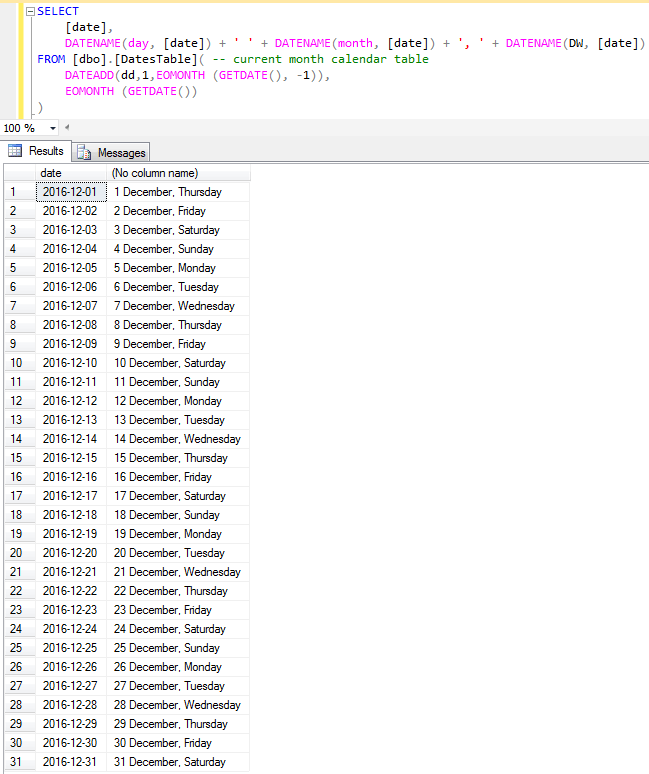
To help us understand the operators better, let’s first create a table with the date data type. Now, let us move to the date and time functions that will help you manipulate the data stored in these data types. TIMESTAMPTZ: Used to store the date and time of the day with time zone information. TIMESTAMP: Used to store the date and time of the day without a time zone. TIMETZ: Used to store time with timezone. TIME: Used for storing time with hours, minutes, and seconds without explicitly mentioning time zone. Before going to date and time functions, let us learn what each of these data types represents. Redshift’s date and time functions help the customers to transform or manipulate data that is stored in the Redshift table with the data type as DATE, TIME, TIMETZ, TIMESTAMP, and TIMESTAMPTZ. Billing strategy – on-demand billing or a reserved pricing strategy.The region where the cluster is deployed.The node type that the customer chooses to build his cluster.Redshift Pricing is broadly affected by four factors:
REDSHIFT DATEPART MONTH FREE
An hour of concurrency scaling comes free for every 24 hours a Redshift cluster stays operational. Redshift’s concurrency scaling allows one to scale at times where a higher load is anticipated. It can query data stored in S3 or other storage services. Redshift spectrum helps one to exploit Redshift querying abilities on data that is not stored Redshift table. Tasks are usually query processes that deal with the chunk of the data that is handled by the particular worker node.īeyond the superfast querying abilities and virtually unlimited storage through horizontal scaling, Redshift offers many other features. Secondary nodes or worker nodes are responsible for actually executing the tasks. Leader nodes handle client communication, query strategy, and assign tasks to the worker nodes. Redshift is designed as a collection of instances that are designated as a leader or worker node. On the other hand, customers with heavy processing requirements can configure it with dense compute instances that are made of SSDs. For example, customers with storage heavy workload and wants to keep the costs down can use Redshift’s dense storage nodes that are made of HDDs. Redshift clusters can be configured for different kinds of workloads as per the requirement. Under its hood, Redshift has a massively parallel processing architecture.

Introduction to Redshift Image Source: nightingalehq.ai
REDSHIFT DATEPART MONTH CODE
In this blog, you will understand various Redshift date functions in detail with examples code snippets, and their expected outputs. Redshift Date functions: Current date functions.Redshift Date functions: LAST_DATE function.Redshift Date functions: NEXT_DAY function.Redshift Date functions: DATE_DIFF function.Redshift Date functions: DATE_ADD function.Redshift Date functions: PART Functions.Redshift Date functions: Comparison functions.Redshift Date functions: CONVERT_TIMEZONE function.Redshift Date functions: AT_TIMEZONE function.



 0 kommentar(er)
0 kommentar(er)
